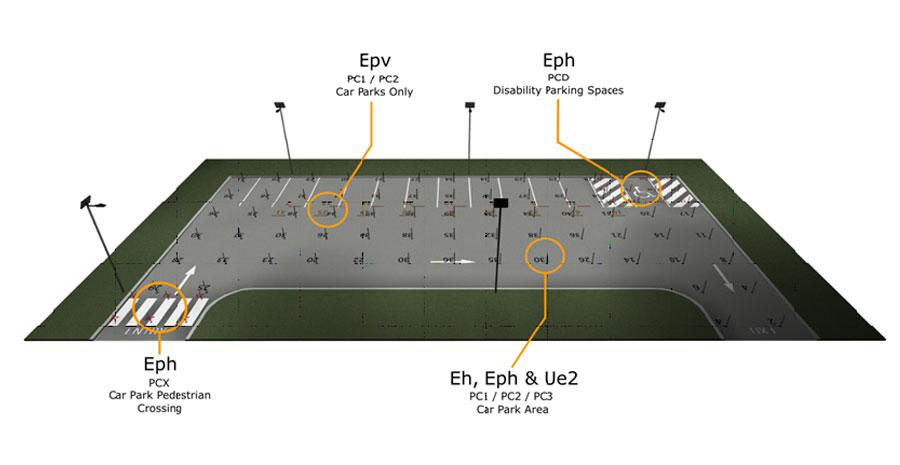Assessing and Planning Your Solar Bollard Lighting
- Written by News Co
If you want to have a reliable solar lighting system, it is important to understand the need to adhere to the “power in = power out” rule. Orca Solar Lighting/Solar Bollard Lighting are able to provide a warranty of five years (SBL) and ten years (SBL2) on the performance of their lighting systems because a shade assessment is performed on every solar bollard light to check that the power in – power out formula is being followed. The way that these companies can achieve this is by utilizing a wide range of power model settings which allow for every possible amount of shade that can be experienced in the real world. The most critical test for any solar lighting installation is the performance of shade assessments.

When Orca Solar Lighting is trying to determine the exact power model to suit a specific location, they utilize tools from Google including Google Earth, Street View, and any other information that the customer is willing to provide which may assist, including photographs and videos of the site. The company will even visit the site to discover how much shade affects the location. For the large part, the majority of locations within Australia can be shade assessed based on sun coverage in the middle of winter months.
The middle of winter has the longest nights and the shortest days with the sun tracking low in the north and the longest shadows. Shading that will affect the site that comes from fences and buildings is also calculated into the assessment. By conducting these assessments and determine the right power required, bollards that suit the site are selected for their reliability so that they will ensure lighting throughout the dark part of the night. The battery life will recharge during the day when the bollards are placed in the correct location. In the tropical Northern areas of Australia where monsoon months are a reality, solar lighting gets the most intense testing.
As you travel North in Australia, the sun becomes stronger, which accords with the shorter winter night hours, the closer you are to the equator. This has a large effect on solar lighting, so it means that shading assessments are essential in order to pinpoint the correct bollard power model so that the warranty can be met with performance 365 days of the year. The selection of the power model is determined by the path of the sun during the winter months over the proposed location of the lighting.
Calculations for lighting bollards are based on winter months since winter offers the least amount of light. The highest amount of solar energy that can be captured by the lighting bollard during shorter daytime hours while still following the power in – power out rule is strictly followed. The most northern areas of Australia offer the highest demand on solar products because they have challenging weather patterns including monsoons in the summer. This can present the need for a battery back-up so that the lighting lasts even during the longer nights.
Northern locations require solar bollard power models that are at least 160mA with southern locations below 160mA. This is a base which can assist in making the right estimations for solar bollard lighting in the installation area. Regions on the coast receive more cloud cover and precipitation which can also have an effect on the power model that is installed.
Another important thing to consider is how growing trees, shrubs and bushes in the area may shade the lighting bollards and prevent them from fully charging and performing to their full potential. The most important aspect of determining solar bollard requirements is to determine shading which will be located North of the solar lighting installation and the position of the sun during the winter months.
Read more about Adaptive Solar Lighting and Public Lighting Standards

